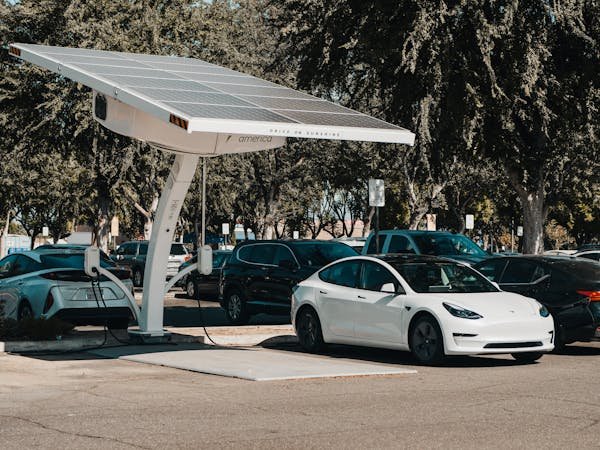
Looking for the cheapest way to store solar energy? Explore affordable and efficient solutions to maximize your solar energy storage and save on costs. The hunt for affordable solar energy storage has become a top priority for homeowners worldwide. While solar panel installations continue to drop in price, the cost of storing that clean energy remains a significant barrier. Many families find themselves unable to fully break free from the grid due to expensive storage systems.
Table of Contents
However, recent technological breakthroughs are introducing cheaper alternatives that make round-the-clock solar power accessible to everyone. The solution to affordable solar storage might be simpler than you think.
Cheapest Options for Solar Power Storage
Solar power storage does not have to drain your savings anymore. Simple water tanks can now store heat energy at just one-tenth the cost of batteries. Salt-based thermal systems offer another budget-friendly choice for many homes. Used electric car batteries work great and cost much less than new ones. Community storage projects let neighbors share costs and save big together. Many people now spend under $3,000 to store their solar power effectively.
Smart timing systems have become a practical storage alternative. These systems use extra solar power during the day to run appliances and heat water. Energy companies offer special rates to homes that can shift their power use to sunny hours. Home automation helps match energy use with solar production automatically. Basic thermal batteries using rocks or concrete cost very little to set up. Combining these methods helps many families avoid expensive battery systems entirely.
What is the cheapest way to store solar energy?
Solar energy can be stored cheaply in everyday materials around your home. Water is the most affordable option because it naturally holds heat and costs almost nothing. Most people already have water tanks in their houses. You can also use concrete floors and thick walls to store heat.
Heat storage with water is the most budget-friendly way to save solar energy because:
- Water tanks cost very little to buy or set up.
- The system needs almost no maintenance.
- You can use existing water heaters or tanks.
- The heat stays stored for many hours at night.
Solar Energy Storage on a Shoestring Budget
DIY Storage Solutions
Not everyone needs expensive lithium batteries to store solar power. Simple water tanks in your basement can store heat from solar panels all day long. Old electric car batteries work perfectly and cost much less than new ones. Many hardware stores now sell basic thermal storage materials like salt compounds. Clever homeowners are using their electric cars as backup power banks at night.
Community solar projects let neighbors share storage costs and save money together. You can build a basic heat storage system for less than $2,000 using common materials.
Smart Storage Strategies
Timing is everything when it comes to cheap solar storage solutions. Modern smart home systems help you use solar power exactly when you need it. Running your dishwasher and washing machine during sunny hours costs nothing extra. Some power companies give special discounts for using energy during peak solar times. Simple ice storage systems can cool your home using daytime solar power. Many families now combine different budget storage methods instead of buying expensive batteries. These practical approaches help you save money while keeping your home powered day and night.
Solar Energy Storage Ideas That Save You Money
Home Battery Systems
A battery system stores extra solar power for nighttime use.
You can install batteries in your garage or basement. Many modern batteries are compact and safe. This investment pays off by reducing your reliance on grid power.
Water Heating Storage
Solar energy can heat water during sunny hours. The hot water stays warm in an insulated tank. You can use this hot water later when needed. This method cuts down your water heating bills significantly.
Ice-Based Energy Storage
Solar power can run a system that makes ice during the day.
The ice helps cool your home when temperatures rise. This cooling method uses less electricity than regular air conditioning. You save money by shifting cooling power to daylight hours.
Thermal Mass Solutions
Concrete floors can store heat from solar energy. The warmth releases slowly throughout your home. This natural process helps maintain comfortable temperatures. Your heating costs drop with this passive storage method.
Cheapest Batteries for Solar Energy Storage
Finding cheap but reliable batteries for solar storage can help you save money while going green. These battery options range from basic lead-acid types to modern alternatives. Each type has different benefits and costs to consider. Most homeowners can start with simpler options and upgrade later. Understanding these choices helps you make a smart investment.
Lead-Acid Batteries
Traditional lead-acid batteries are the cheapest option for solar storage. These batteries have been used for decades in cars and homes. You can find them easily at most auto parts stores. Typically, they last 5-7 years with proper care. The initial cost is usually less than $200 per battery.
Deep Cycle Marine Batteries
Marine batteries work well for small solar systems. They handle repeated charging better than car batteries. You can often find them on sale at outdoor stores. They’re built tougher than regular lead-acid batteries. Most marine batteries cost between $100-300 each.
Golf Cart Batteries
Golf cart batteries are designed for deep discharge cycles. They’re more durable than standard lead-acid types. You can often buy them in bulk for better prices. These batteries typically last 5-8 years. Many solar installers recommend them for budget setups.
Sealed AGM Batteries
AGM batteries require zero maintenance once installed. They don’t need water or special ventilation. These batteries are safer than flooded lead-acid types. They cost more upfront but last longer. You can expect to pay $200-400 per battery.
Lithium Iron Phosphate
These batteries are becoming more affordable each year. They last longer than lead-acid batteries. You don’t need to maintain them like older types. They work efficiently in most temperatures. The cost starts at $500 but keeps dropping.
Used Electric Vehicle Batteries

Some companies sell recycled EV batteries. These batteries still have plenty of life for home use. You can often get them at half the price of new ones. They’re tested before being sold for home systems. This option saves money and helps the environment.
DIY Battery Banks
Building your own battery bank saves installation costs. You can start small and add more batteries later. Many online guides show how to connect batteries safely. You can find the materials at local hardware stores. This approach requires some technical knowledge but costs less.
Low-Cost Energy Storage for Solar-Powered Homes
The cheapest way to store solar energy starts with water-based systems in your home. A large water tank can hold heat from your solar panels during sunny days. This stored hot water helps with daily tasks like washing and bathing. You can also use it to warm your home on cold nights. The water tank system costs much less than buying expensive batteries. Most homeowners can set this up without hiring professionals.
Another budget-friendly option uses everyday materials to store heat from solar power. Concrete floors and thick walls naturally absorb heat during sunlight hours. This stored warmth releases slowly when temperatures drop at night. You can also make ice during sunny periods to cool your home later. These simple methods work with your existing home structure. Many homeowners save hundreds of dollars each month using these basic storage ideas.
Conclusion
Storing solar energy doesn’t have to be expensive the smartest solutions often use what you already have at home. Water tanks, concrete floors, and basic materials offer practical and affordable ways to keep solar energy for later use. While batteries might seem like the obvious choice, they’re usually the most expensive option. Instead, focusing on thermal storage through water and building materials gives you the best value for your money. By starting with these simple methods, you can enjoy the benefits of solar power without spending thousands on fancy storage systems. Remember, the most cost-effective solution is often the simplest one – using water and thermal mass to store heat during the day for use at night.
FAQs about cheap solar energy storage:
Q: What is the absolute cheapest way to store solar energy?
A: Water storage is the most affordable option. Using water tanks to store heat from solar energy costs very little to set up and maintain.
Q: Do I need expensive batteries to store solar energy?
A: No, you can start with thermal storage using water tanks and building materials like concrete floors instead of batteries.
Q: How long can water tanks store heat from solar panels?
A: A well-insulated water tank can keep water hot for 24-48 hours, enough to use at night and on cloudy days.
Q: Is it cheaper to build a DIY solar storage system?
A: Yes, building your own thermal storage system with water tanks and insulation costs much less than buying commercial battery systems.
Q: Can I store solar energy without any special equipment?
A: Yes, your home’s concrete floors and thick walls naturally store heat from solar energy during the day and release it at night.
Q: What’s the minimum cost to start storing solar energy?
A: You can start storing solar energy for as little as $200-300 by using basic water tanks and insulation materials.
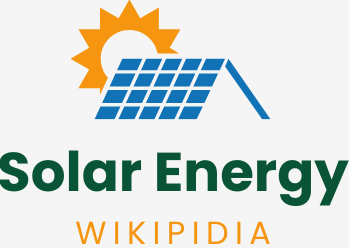

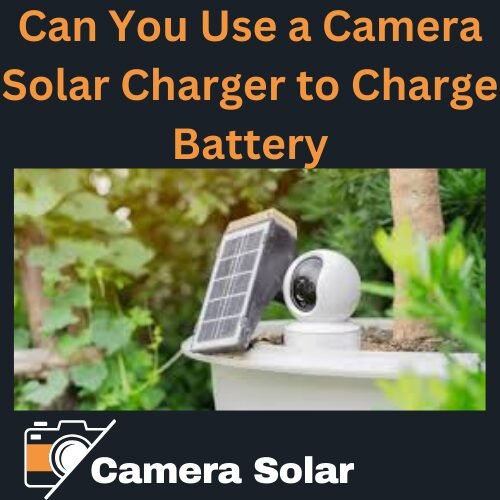
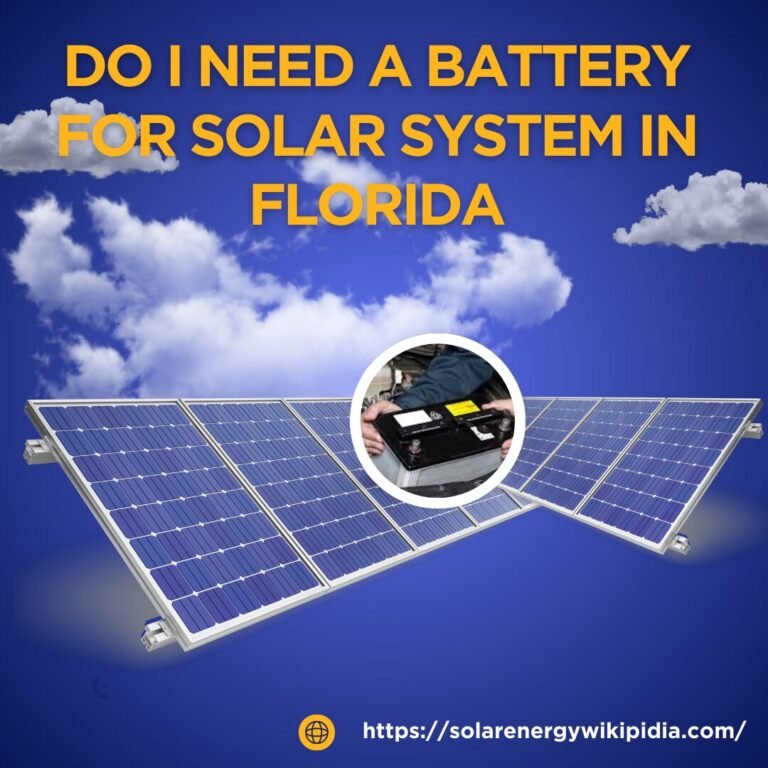
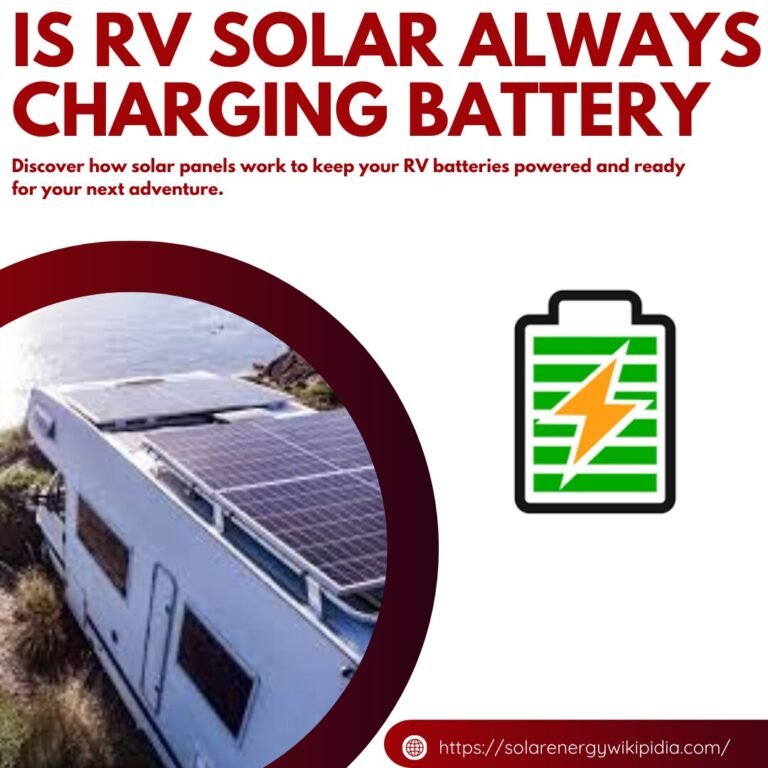

2 thoughts on “The cheapest way to store solar energy in 2025”